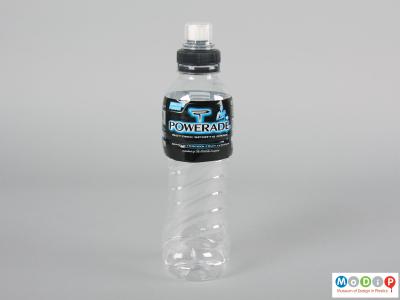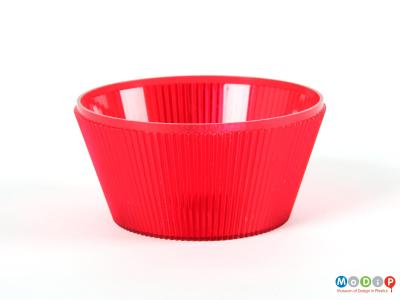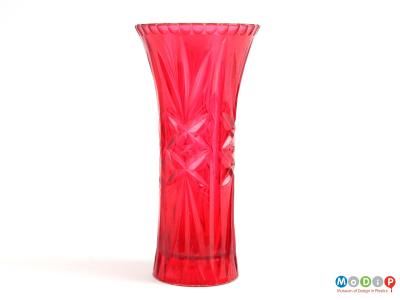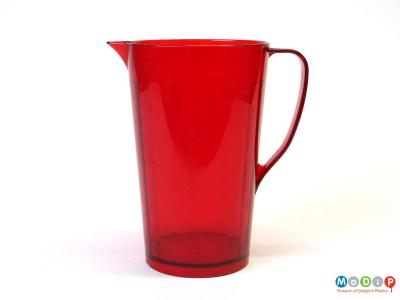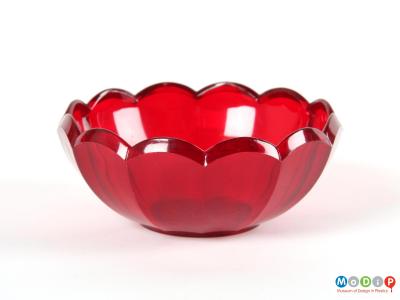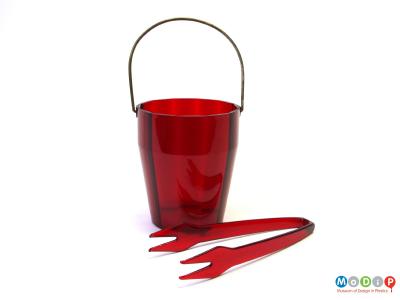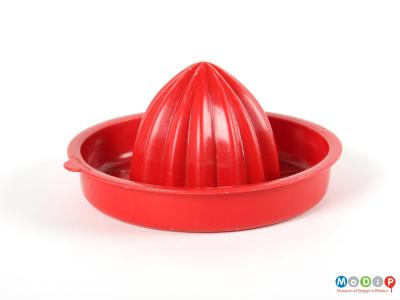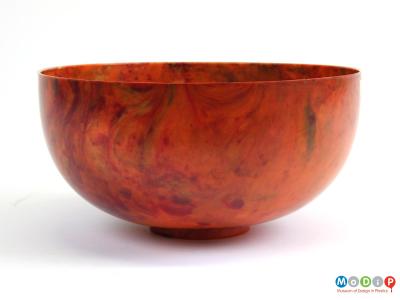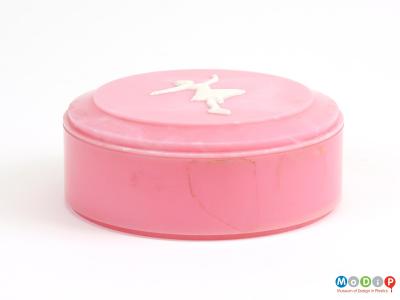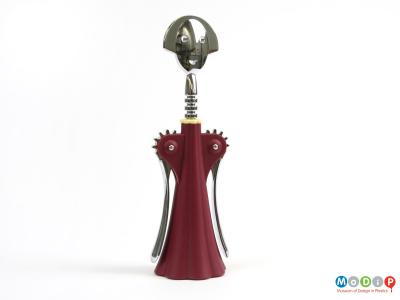Plastics have had a major impact on the palette available for design.
Most traditional materials like wood, stone and metal have an intrinsic colour to which other colours can be applied by a variety of processes, for example by paint or anodisation. Plastics can also be painted. However they differ from most traditional materials in that dyes can also be mixed with the raw plastic prior to moulding so that the form and the colour is the result of a single process and the colour is integral to the moulding material. Such a process is both less costly than applying the paint after production of the product and also more durable. For example, it cannot flake off.
Many plastics are colourless and thus the results can be transparent (1), translucent (2 - 8) or opaque (9 - 17). Mottled and patterned effects (18 - 23) can be obtained by the judicious addition of dyes during the moulding process.
It is tempting to think that the bright colours that are familiar in design today are the result of this potential of plastics, however colour was making itself evident in design, as for example in Gerrit Rietveld’s wooden Red Blue chair first produced in colours in 1923, at a date when the colours of plastics were largely restricted to the dark hues of phenol formaldehyde, better known by its trade name, Bakelite.
Even in the pop era of the 1960s, much of the brightly coloured plastic furniture still had its colour applied in a separate process. The self-colouring potential of plastics has however acted as inspiration for colour more recently and especially in the kitchen, inspiring for example the palettes of such firms as Alessi (24), Koziol (25), and Zak! (26).

